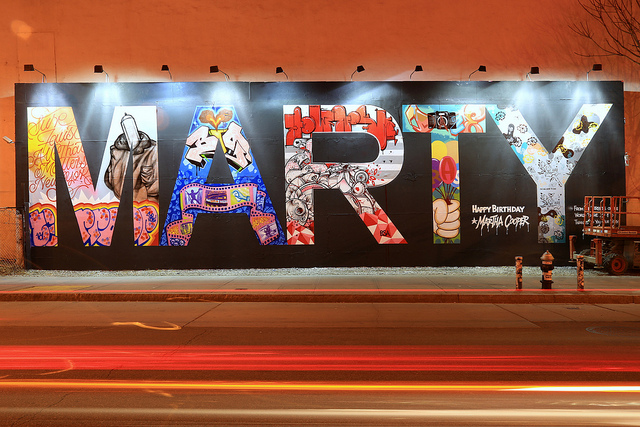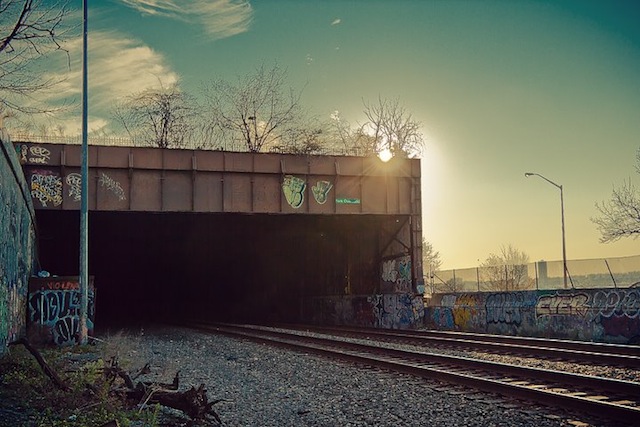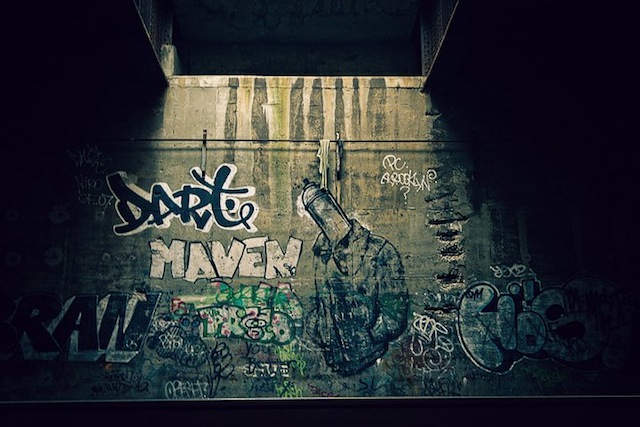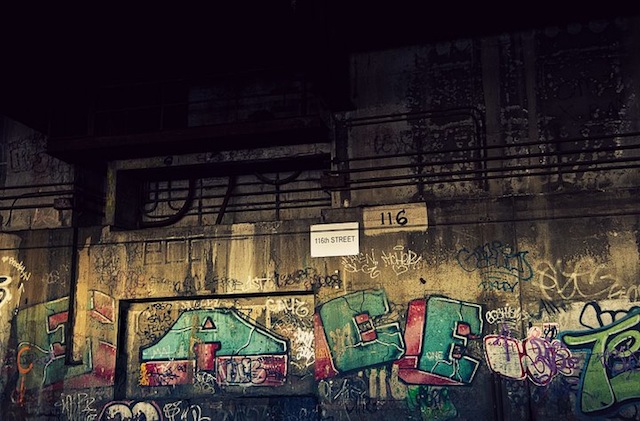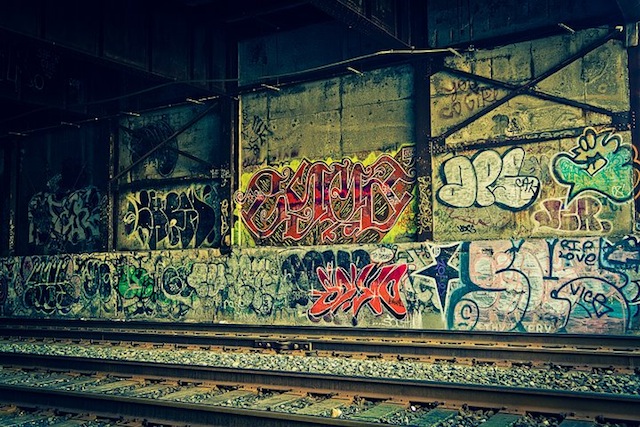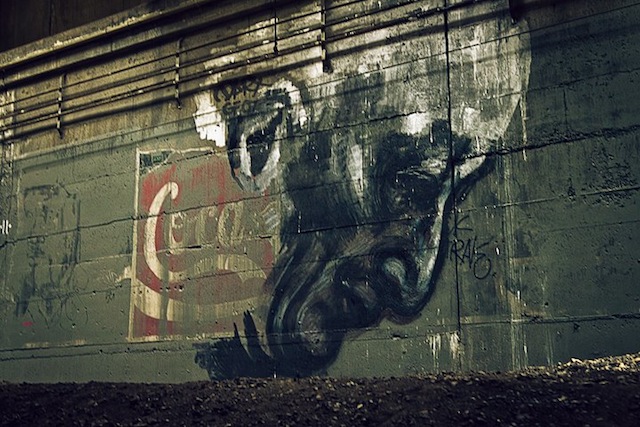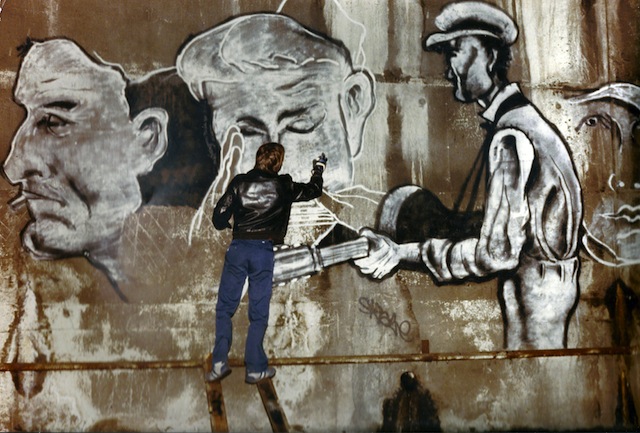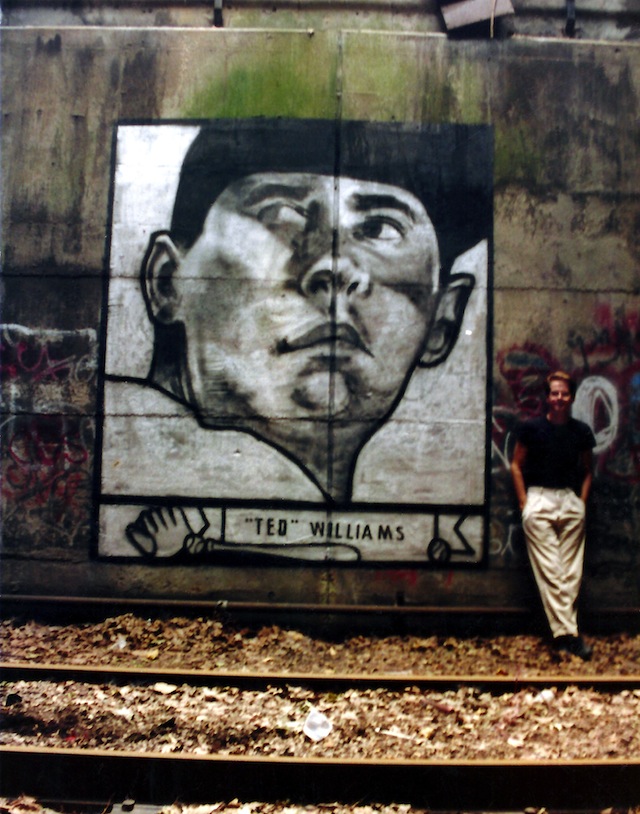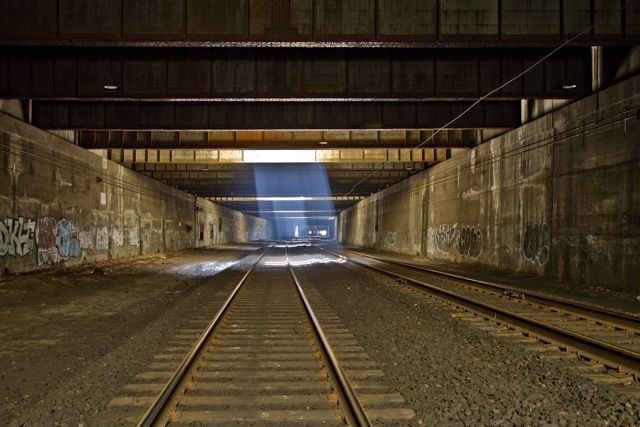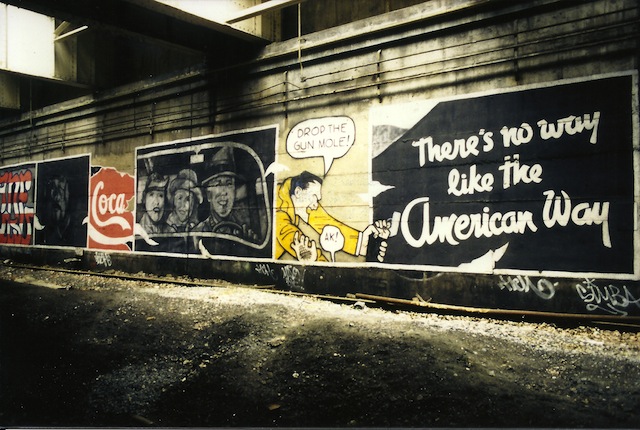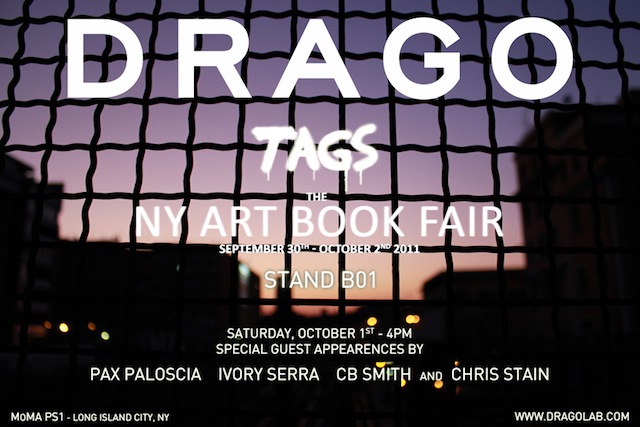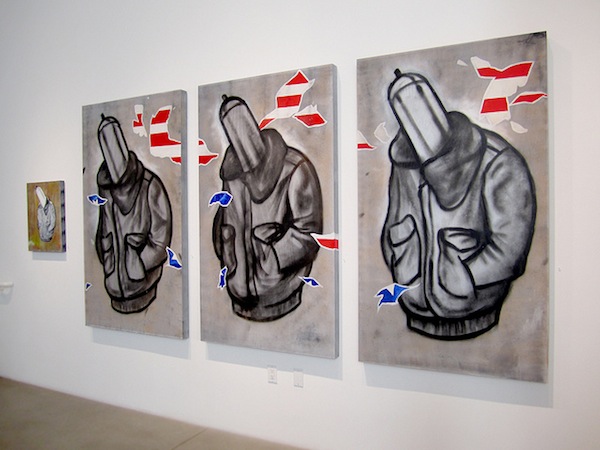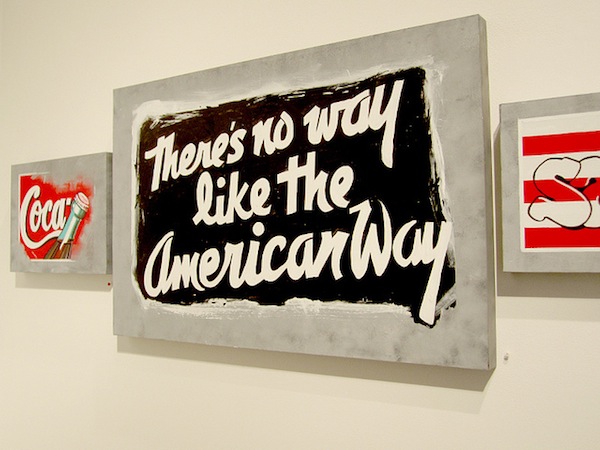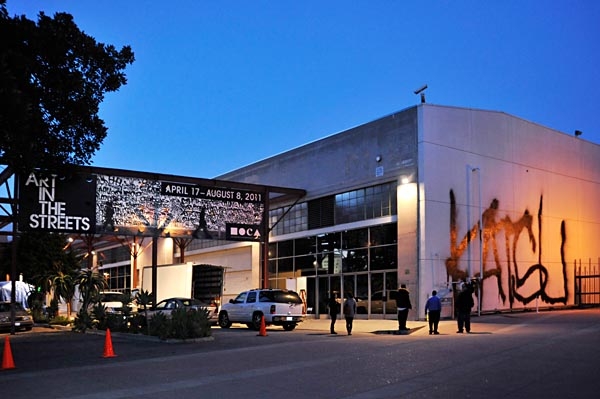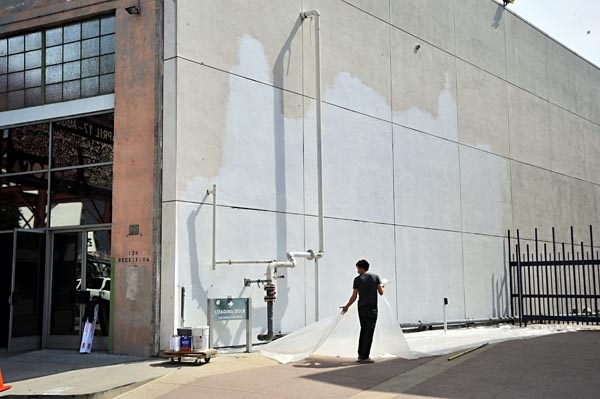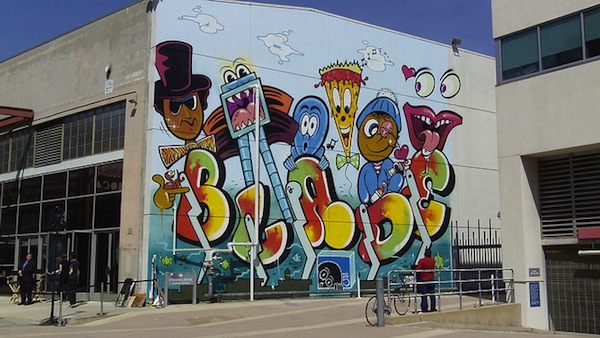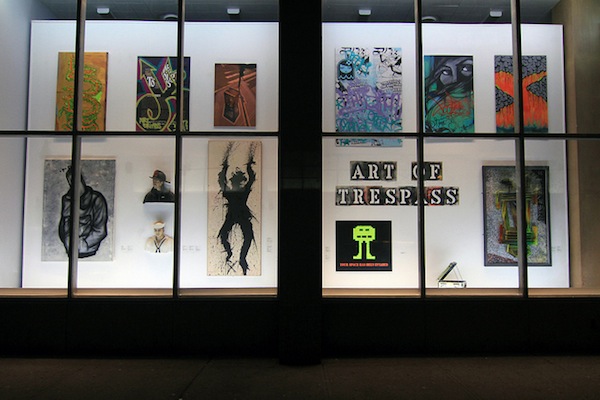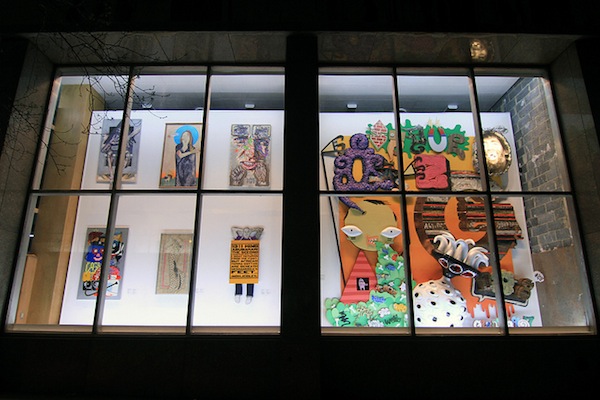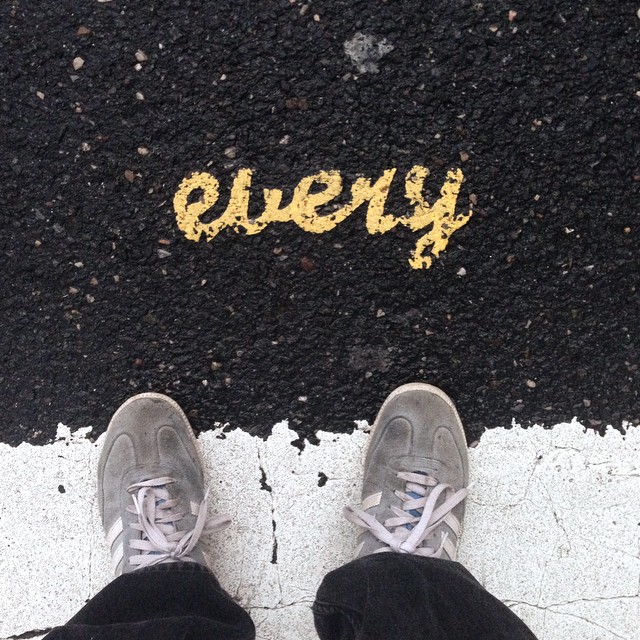
Loving my time so far at the City of Philadelphia Mural Arts Program, but it’s definitely more than a 9-5, so it’s time for me to play catch up yet again…
- Speaking of the Mural Arts Program, I am really pleased to say that we now have a major Shepard Fairey mural in Philadelphia. Find me some day and ask me the whole story of this mural, but let’s just say it’s complicated and thank goodness for Roland at Domani Developers for getting us a wall at the last minute.
- We also have a new much more politically-charged mural from Shepard Fairey through The L.I.S.A. Project NYC, and while I’m sure the process for that was also quite complicated, my friend Wayne took care of that and all I had to do was pitch Shepard on the idea of a big wall in NYC and the property owner on the idea of a Shepard Fairey mural on his building (neither of which were too difficult). I’m absolutely honored to have played even my small role in each of these murals. It was my first time working with Shepard, and it was a pleasure.
- Two real kings of NYC graffiti, Blade and Freedom, have shows open now at the Seventh Letter flagship store in LA. Blade is an undisputed subway king who also pushed graffiti forward as an art-form, a rare combination. Freedom is a personal favorite of mine (his piece in my black book is a real prized possession) for combining pop art, an ability to paint very well, comics, and graffiti in an intelligent way without too much of an ego. I’m sad to be missing both of these shows, but I hope LA will give them the love they deserve.
- Hi-Fructose posted some interesting GIFs by Zolloc, but the best part of the post is the first sentence: “While GIFs have yet to find an established place in the art world, they’re fascinating because they have the potential to go beyond the frozen image in two dimensions.” Of course, Hi-Fructose is part of the art world, so just having them post Zolloc’s GIFs counts for something. Hi-Fructose seems to be saying (albeit hesitantly) that GIFs being in their corner of the art world, which is great. That’s not a bad corner to be in, and it’s a hell of a lot better than nowhere. So, why be hesitant? If the work is fascinating, embrace it.
- Oh Olek, always the best of intentions, but the results are not so great…
- Some absolutely great ad takeovers.
- These projections from Hygienic Dress League are a bit different. Very cool though. Anyone know of other artists who are projecting onto steam?
- Smart Crew have teamed up with Beriah Wall on a series of cool collaborations. Does anyone else see this as further evidence of Smart Crew growing up, aka transitioning from a crew producing illegal graffiti into a brand or collective that does legal (and sometimes commercial) work referencing illegal graffiti? Nothing wrong with that. I’m just noting the transition.
- Even when recycling old work, Tatyana Fazlalizadeh is always poignant and powerful. She’s also created a new poster of Michael Brown that you can download on her website.
- I’ve been saying for a while that there’s great similarity between GIFs and street art, so I’m a big fan of this series of installations organized by Guus ter Beek and Tayfun Sarier.
- Hyperallergic has been covering artist reactions to the killing of Michael Brown in Ferguson. Public performances in Philadelphia (by Keith Wallace) and New York City (by Whitney V. Hunter) exemplify to the unsurprising obliviousness to the situation or at least lack of caring that so many people openly display (for more, see Kara Walker at Domino). It’s amazing to see these two striking performances go widely ignored while it’s mostly pretty but empty murals that go viral. Is that the state of street art and muralism today? I hope not. And of course, maybe what makes those performances so jarring online is that they were ignored on the street.
- I have tried to resit the allure of Pejac’s work for a while, but no more. Yes, some of the jokes are cheap and feel twice-told, exactly the sort of easy made-to-go-viral work that I am complaining about in the previous paragraph, but Pejac is painting them really well, and they consistently catch my attention. As much as I would like to write him off as a Banksy-ripoff who even came to that idea a few years too late, I can’t do so any longer. The work is actually quite good. Have a look for yourself.
- Last week I was in Atlanta for the Living Walls Conference. A great time was had by all. I was there to speak with Living Walls co-founder Monica Campana and Juxtapoz editor Austin McManus about the evolution of street art and graffiti over the past five or so year, and Vandalog contributing writer Caroline Caldwell was there to paint a mural. Atlanta got some real gems this year, including new work by Moneyless, Troy Lovegates and Xuan Alyfe in collaboration with Trek Matthews. Juxtapoz has extensive coverage. Congratulations to Living Walls on a truly impressive 5th anniversary event.
- This coming week I’ll be in Norway for Nuart and Nuart Plus. The artist lineup features some of my personal favorites, including John Fekner, SpY and Fra.Biancoshock. I love Nuart because it’s a festival that always strikes a balance between the best of the best artists painting epic murals on the “street art festival circuit,” and the oft-under-publicized but highly-political activist artists intervening in public space. Putting these artists in the same festival strengthens the work of everyone there, and reminds us that murals can serve many different purposes. I’ll be speaking at Nuart Plus on behalf of the Mural Arts Program in a few capacities. I’ll be moderating a panel about activism in art, presenting couple of short films during Brooklyn Street Art’s film night, sitting on a panel about contemporary muralism and giving a talk about how government-sanctioned art and muralism can be used to promote positive social change. There will be a lot of great speakers at Nuart Plus this year though. Brooklyn Street Art has the whole line up for the festival and the conference.
Photo by RJ Rushmore

